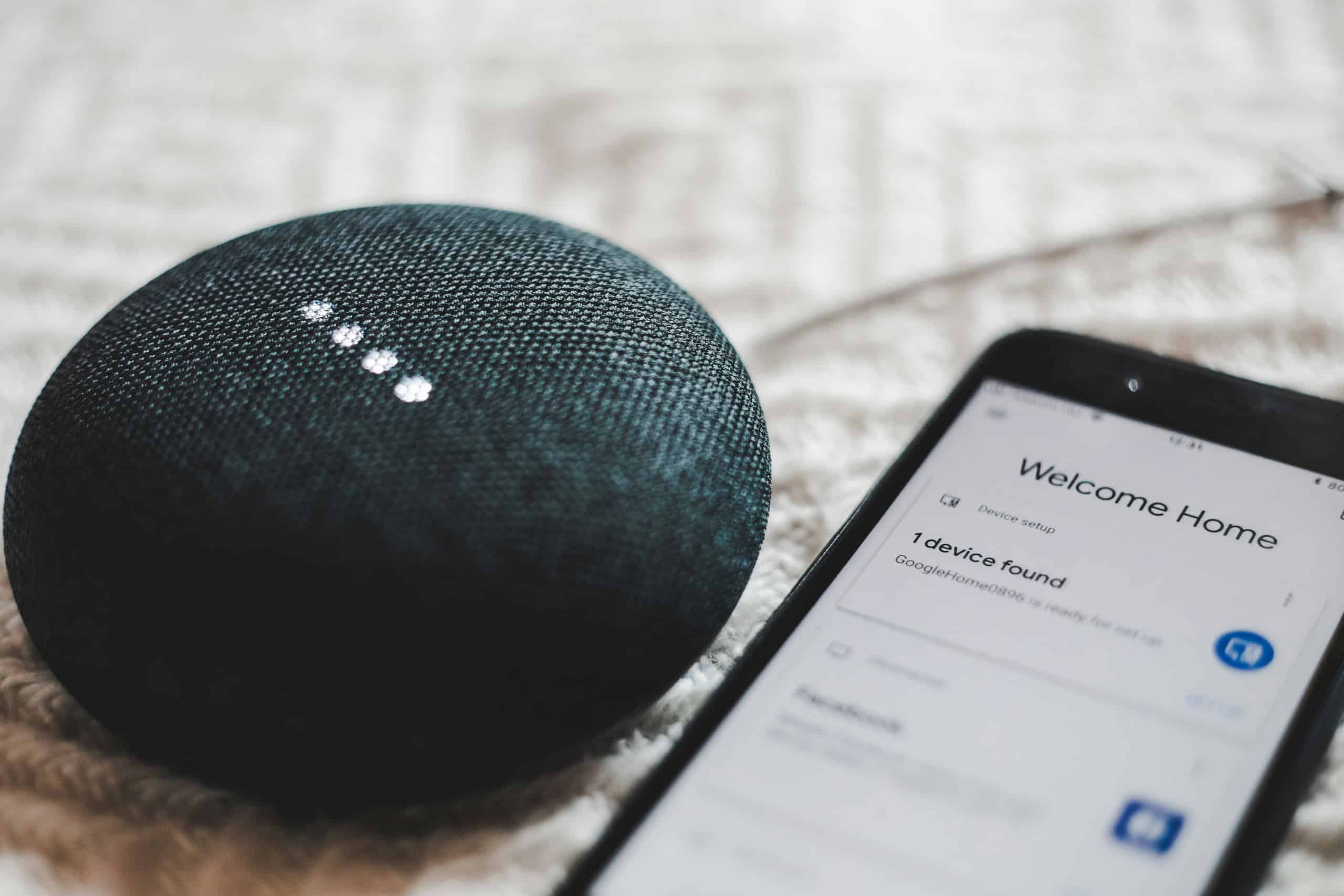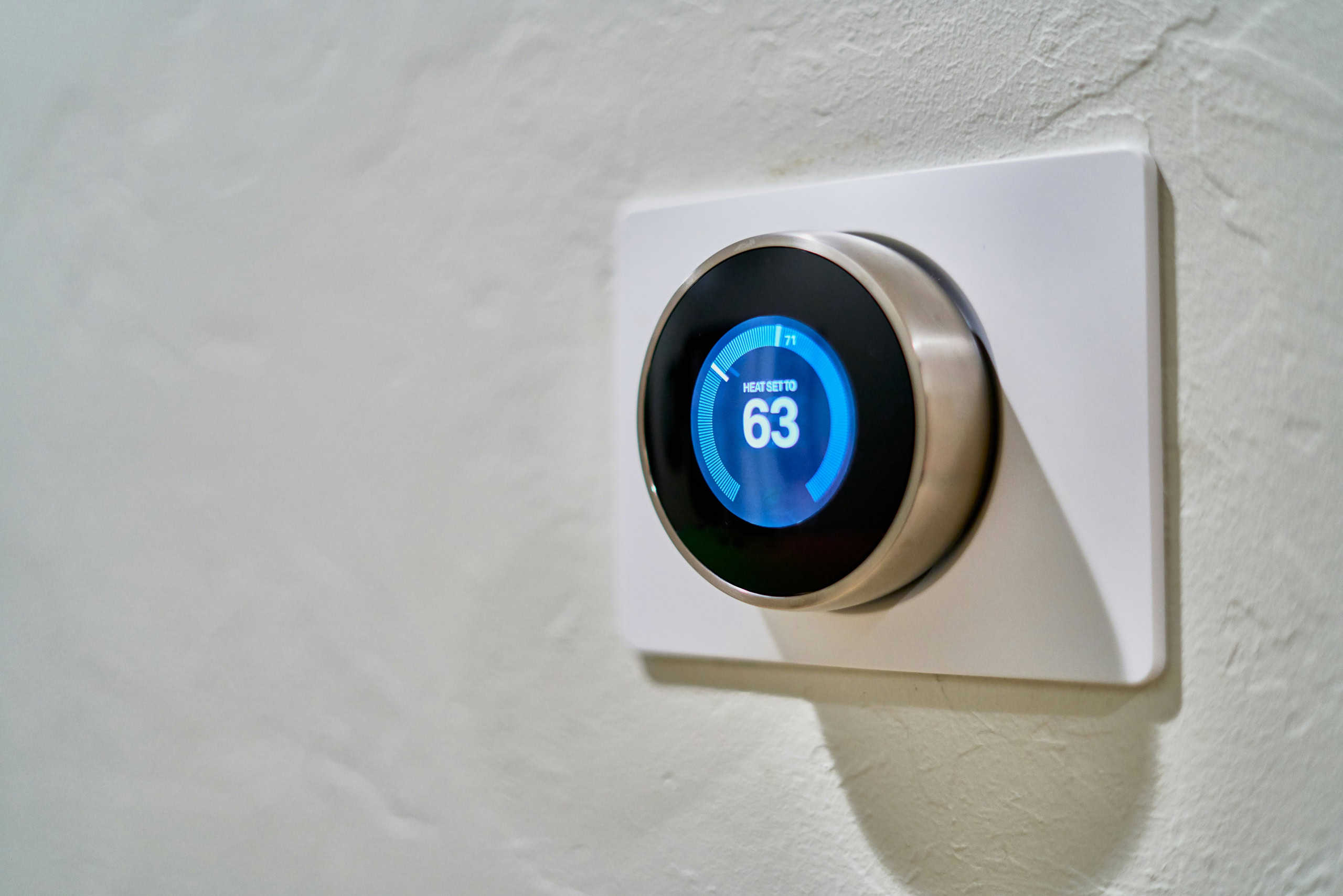The Internet of Things (IoT) isn’t merely a technology; it’s a transformative revolution shaping our everyday existence. From smart homes to industrial systems, IoT permeates every facet of life. But how can we ensure that this technology is accessible to everyone? That’s where web app development services step in, providing user-friendly IoT web interfaces that bridge the gap between people and connected devices — McKinsey. How IoT works:
- Device selection:
- The user selects the device they want to connect to the IoT: ventilation, heating, fitness bracelet or even a smart coffee machine.
- By default, the Device is expected to have built-in sensors (e.g., temperature, humidity, motion), a microchip that executes commands and an internet connectivity module.
- Connection to the network:
- The user configures the device by connecting it to Wi-Fi, Ethernet, cellular or another network.
- The device receives a unique IP address that allows it to communicate with other devices and servers.
- Registration & authorization:
- The user creates an account on the platform that manages the IoT.
- After registration, the user authorizes the device by entering their credentials.
- Management through app:
- The user downloads an app for their device (e.g., a smart home mobile app).
- The app allows the user to control the device: turn it on/off, change settings, create operational scenarios, and view data to make decisions.
- Feedback:
- The user can send commands to the device through the app (e.g., turn on lights or set the temperature).
- The device executes the commands and sends feedback to the user (e.g., confirmation that the light is on).

Web applications simplify device management, they serve as command centers for Internet of Things components. Whether regulating smart lighting or controlling energy consumption, users interact with the Internet of Things through interfaces. Their intuitive design suggests that even non-technical users can participate in the Internet of Things revolution. Imagine controlling your smart office thermostat from your smartphone during your morning commute: a comfortable temperature will embrace you upon arrival, and a smart coffee maker will greet you with your favorite coffee. The key is a well-designed web interface you won’t even notice, poorly designed to make you think. Let’s explore this further.
The basis of modern comfort: Smart homes (offices, garages, gyms)
Overview of Smart Home functions
Smart homes offer a range of options that increase comfort and save time. From remotely adjusting indoor temperatures to controlling lighting and security systems, they all contribute to simplifying our lives. What makes Smart Homes so special? It’s the automatic control of devices in the home via the internet. This is how we arrive at the essence of a Smart Home — it’s automation done through web-based applications.
Imagine coming home: the floor in the shower is already heated, you are accompanied by your favorite melody, dinner is heated, and the refrigerator itself orders the products that are missing. This automation saves up to 40 minutes of time every day on routine processes — all thanks to a web application whose interface adapts to browsers on any device: smartphones, laptops and smartwatches. If you’re looking for scenarios, here’s a list of 68 smart home automation ideas for 2024 and beyond. You can read the guide at Powermoves.blog.
Smart device penetration
According to statistics from the Amazon Official Blog there is a growing trend in the use of smart devices in European households, with more than 40% of homes already adopting this technology. These smart devices range from doorbells to energy-saving appliances, and users are beginning to appreciate the benefits of the Internet of Things. For instance, smart thermostats have the potential to reduce energy consumption by up to 20% by optimizing heating and cooling schedules. Meanwhile, in the United States, the adoption of smart devices is even higher, with over 57% of households owning at least one smart device, as reported by Statista.
Web apps keys to IoT accessibility
When controlling 10 smart devices, each with its own app, installing all 10 apps on a mobile device (smartphone or tablet) can be a challenge.
A list of the most common Internet of Things that Digiteum creates integrated remotes to control:
- A smart sleep pillow monitors sleep quality and vibrates instead of a soft alarm clock.
- An electric curtain rod opens and closes curtains on a schedule or command.
- Smart kettle (coffee maker, boiler) is programmed to activate at a certain time or on command.
- Smart locks on the front door open and close with a smartphone, voice commands or even fingerprints home, garage, parking lot.
- A smart humidifier monitors humidity levels via the internet and keeps track of air quality.
- Robotic vacuum cleaners with video surveillance function clean up after noticing debris or dirt in the house and in your absence.
To solve this problem, it is recommended to develop your own web application that allows you to control all 10 smart devices through one interface. Why a web application? First, it is cheaper and faster to develop. Secondly, the web application interface is accessible through a browser on any device: smartphone, computer or smartwatch. Many companies, such as Digiteum, specialize in web application development. As a result, you get one convenient tool to manage your many devices.
- Versatility — the ability to manage your devices from any device with internet access.
- Saves time and resources compared to creating separate applications for different platforms (iOS, Android, etc.).
- Easy & intuitive control of all your smart devices through one interface.
- Integration via API of the web application with other services and platforms extends its functionality.
Why choose custom Web apps?
Your objection: Why do I need to develop my own web app if there already are apps like Google Home, Samsung SmartThings, Home Assistant out there?
Our answer: While off-the-shelf apps like Google Home or Samsung SmartThings serve a broad audience, they might not fully align with your specific requirements. Opting for a custom web app allows you to customize the interface and features to meet your needs. It can bring together different brands of devices in one interface. Applications often require cloud services; a proprietary solution provides local control. Development allows you to create a unique interface and improve security while minimizing cloud services.
In the end, while off-the-shelf applications are convenient and functional, developing your own web application can give you more: meeting individual needs, integration with other systems, local control, customization, and security.

Finalization
IoT is infiltrating our lives so comprehensively and inevitably that we are faced with a choice: embrace new technologies or reject progress. The adoption of IoT promises to revolutionize the management of home devices and everyday tasks. But IoT is not just limited to home appliances, it encompasses industrial facilities, cities, nature, and even animals. Connecting devices into a single ecosystem, whether within a home, city or country, and being constantly linked to the IoT, coupled with data analytics, is driving innovation and increasing operational efficiency across the board. This revolution is on the doorstep and promises amazing changes in our world. To achieve the full potential of smart innovation, technical and ethical hurdles must be overcome while maintaining attention to privacy and security concerns — these are the challenges that companies specializing in custom web application development are focused on.